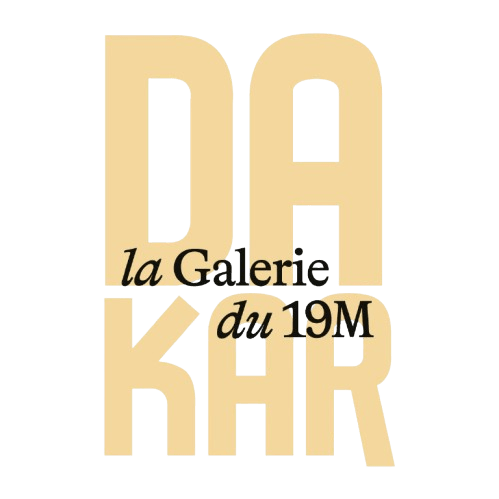On the Thread : from Dakar to Paris
la Galerie du 19M
17.05 → 30.07

Following the fashion show of the CHANEL Métiers d’art 2022/23 collection, presented on 6 December 2022 in Dakar, Senegal, le19M is taking a new step by launching its first international programme there. While the influence of Dakar is recognized on the international cultural and creative scene, the entire country of Senegal is replete with artisanal expertise, a heritage to which le19M is particularly sensitive. Thus, from Thursday 12 January 2023 and for several months, le19M is setting up an off-site gallery in Dakar with the help of the Institut fondamental d’Afrique noire (IFAN) on the site of the Musée Théodore-Monod d’art africain.


The exhibition Sur le fil : broderie et tissage presented at IFAN/Musée Théodore-Monod de Dakar travels to la Galerie du 19M Paris/Aubervilliers from Wednesday 17 May to Sunday 30 July.

17.05 → 30.07
“The launch of la Galerie du 19M Dakar coincides, almost to the day, with the first anniversary of the inauguration of la Galerie du 19M in Paris /Aubervilliers and its opening to the public. This first international programme speaks to the renewed interest of professionals in fashion savoir-faire—supported for nearly forty years by CHANEL—as well as to a new popular fervour for handicrafts. Over the course of 24 weeks, we welcomed nearly 20,000 visitors, which is an achievement for subjects that are often little-known and a venue which is only beginning to find its audience. We are grateful to the IFAN Musée Théodore-Monod and to the Senegalese authorities for welcoming us here, in the heart of the Plateau district of Dakar, to celebrate the creative dialogue between embroidery, weaving, and contemporary creation.”
Bruno Pavlovsky, President of CHANEL SAS and President of le19M

The aim of la Galerie du 19M Dakar is to showcase priceless artisanal skills to the broadest possible audience, to reassert the value of handicrafts, to encouragetheir dissemination, and to spark vocations among the general public, school-children, students, families, and lovers of craft. The gallery’s programme was conceived by an editorial committee composed of Senegalese creative figures or experts of its artistic scene. This committee is also accompanied by artistic contributors.